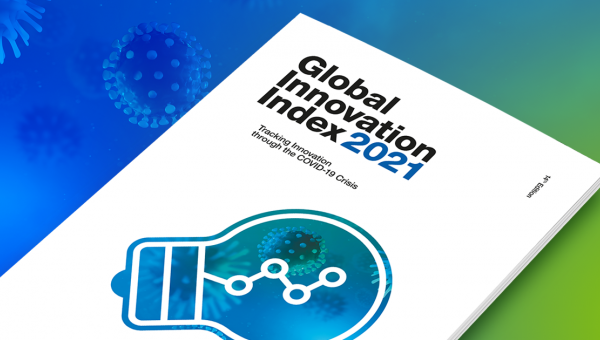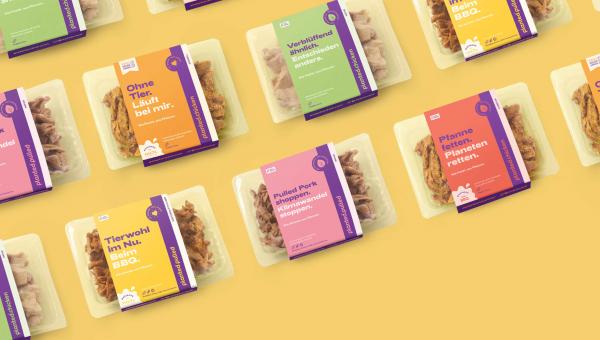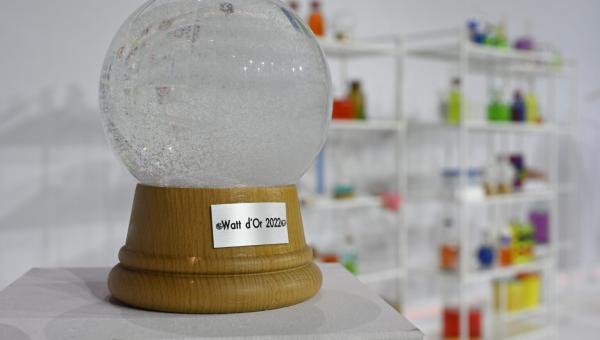AI decodes origins of wines to combat wine counterfeiting

Researchers have developed a technique to identify the chemical signature of vintage wines with 100% accuracy.
A team at the University of Geneva (UNIGE), working with the Institute of Vine and Wine Science of the University of Bordeaux, has identified the chemical signatures of famous Bordeaux vineyards.
Separating the components of wine
To identify vintage wines via their chemical signature, the researchers combined artificial intelligence tools with the 'gas chromatography' method. The latter involves analysing the affinity between two substances to separate the components of a given mixture, explains UNIGE in a press release.
A chemical fingerprint
The AI recognises patterns in the complex mixture of the thousands of different molecules that make up each wine. The concentrations of these molecules vary from wine to wine. They are influenced by differences such as the grape variety, the type of the soil from which the grapes were grown, and the winemaker's working methods. This creates a kind of chemical fingerprint for each wine.
Up to 30,000 data points
Using machine learning, the research team was able to plot each chromatogram – which can contain up to 30,000 points – onto graphs with two axes after eliminating unnecessary variables. Clouds of points could then be seen on the graphs, as the researchers explained in the press release. Each of these clouds grouped different vintages of wine from a particular vineyard together based on their chemical similarities.
This has allowed us to demonstrate that each estate does indeed have its own chemical signature.
100% accuracy in identifying wines
According to the researchers, their technology can be used to determine the geographical origin of a given wine with unprecedented accuracy. In their study, published in the journal Communications Chemistry, 80 wines from seven wineries Bordeaux wineries and with twelve different vintages (1999–2007) were identified with 100% accuracy.
In the future, this method could definitively determine the origin of a given wine and thus help prevent wine counterfeiting.




